Introduction
Motorcycle accidents can have severe consequences, making it crucial to identify and understand the most common causes in order to improve rider safety. By recognizing these causes, riders can take proactive measures to mitigate risks and enhance their overall riding experience. In this article, we will examine several key factors that contribute to motorcycle accidents, providing insights and recommendations for avoiding or minimizing their impact.
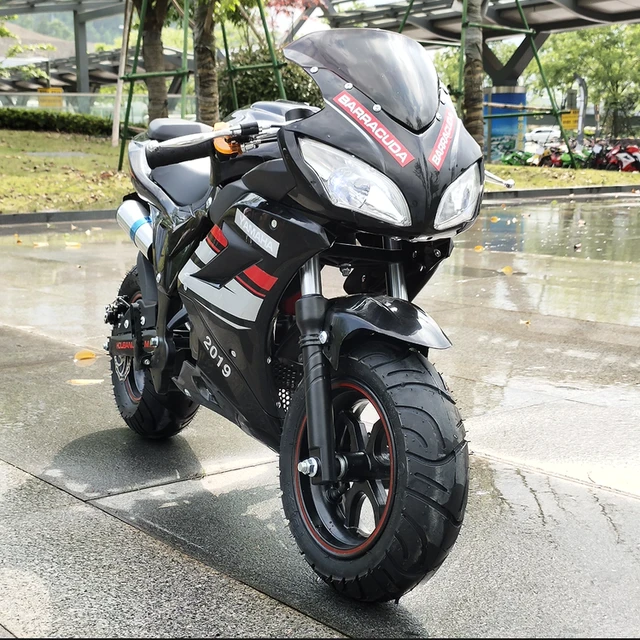
What is the most common cause of a motorcycle accident?
Distracted Driving
Distracted driving is a leading cause of motorcycle accidents, affecting both motorcyclists and other drivers on the road. Here are some specific distractions to be aware of:
Cell Phone Usage: The use of cell phones while driving is a significant contributor to accidents. Both talking and texting can divert a driver’s attention, making them less aware of their surroundings, including motorcycles.
In-Car Distractions: Activities such as eating, grooming, adjusting controls, or engaging in conversations with passengers can also divert a driver’s attention from the road and increase the risk of accidents involving motorcycles.
Recommendation: As a motorcyclist, it is essential to remain vigilant and anticipate potential distractions from other drivers. Defensive riding techniques, such as maintaining a safe distance and being aware of the vehicles around you, can help mitigate the risks associated with distracted driving.
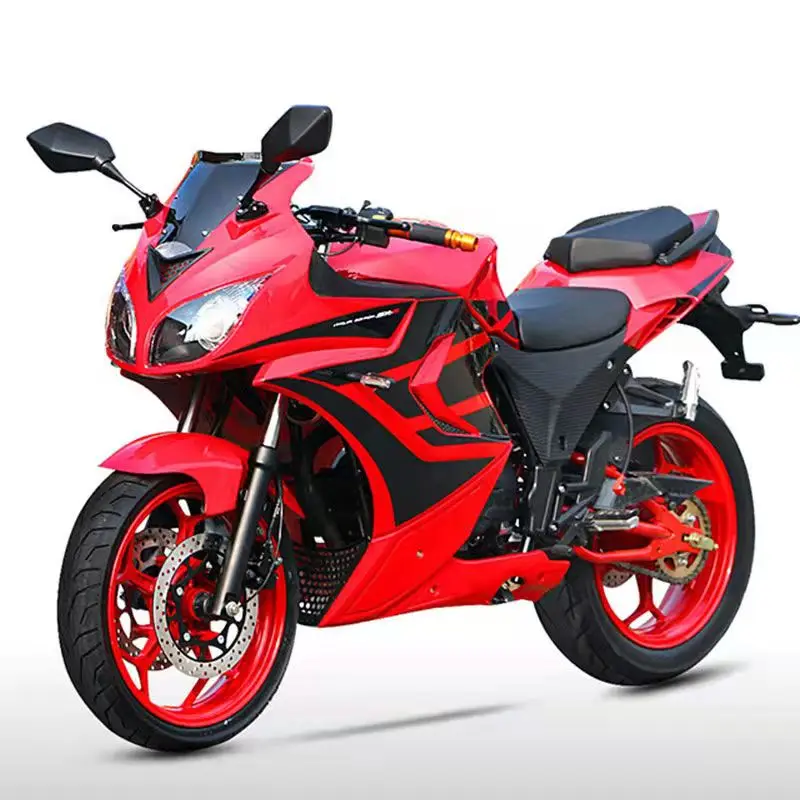
Failure to Yield Right of Way
Many accidents occur when drivers fail to yield the right of way to motorcycles, either at intersections or during lane changes. This can result from a lack of awareness or an underestimation of the motorcycle’s speed and proximity. Factors contributing to these accidents include:
Left-Turn Collisions: Drivers making left turns at intersections often fail to notice oncoming motorcycles. Due to their smaller size and potential speed, motorcycles may be less visible or appear to be farther away than they actually are.
Lane Change Accidents: Drivers who change lanes without properly checking their blind spots can collide with motorcycles that are already in the adjacent lane. Motorcycles’ narrower profiles make them more susceptible to being overlooked.
Recommendation: Motorcyclists should adopt defensive riding strategies, including increasing visibility through the use of reflective gear and positioning themselves strategically within their lane. Additionally, making eye contact with drivers and anticipating their potential actions can help avoid accidents caused by a failure to yield right of way.
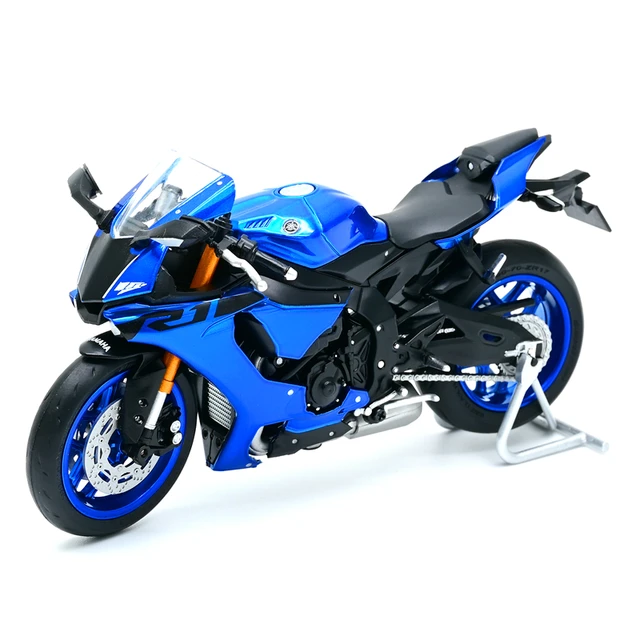
Unsafe Lane Splitting
Lane splitting, the practice of riding between lanes of slow-moving or stopped vehicles, can be a cause of accidents if not done safely. Common factors contributing to accidents during lane splitting include:
Speed Differential: When motorcycles travel significantly faster than surrounding traffic during lane splitting, it increases the risk of collisions with opening car doors, sudden lane changes, or vehicles merging into adjacent lanes.
Limited Space: The close proximity of vehicles during lane splitting leaves little room for error. Sudden movements or unexpected actions by either the motorcyclist or surrounding drivers can result in collisions.
Recommendation: When lane splitting, it is important for motorcyclists to exercise caution and judgment. Adhering to a safe and reasonable speed, maintaining an appropriate distance from vehicles, and being aware of sudden changes in traffic patterns can help mitigate the risks associated with lane splitting.
Speeding and Reckless Riding
Speeding and reckless riding behaviors are significant contributors to motorcycle accidents. Factors that increase the risk of accidents due to excessive speed and reckless riding include:
Reduced Control: Higher speeds reduce the amount of time available to react to hazards, increasing the likelihood of accidents. Additionally, excessive speed compromises a motorcycle’s maneuverability and stability, making it more challenging to navigate turns or unexpected obstacles.
Poor Judgment: Reckless riding behaviors such as weaving in and out of traffic, tailgating, or performing stunts on public roads pose significant risks to the rider and other road users. These behaviors increase the chances of collisions and can lead to catastrophic consequences.
Recommendation: Adhering to posted speed limits and riding at a safe and manageable speed for road and traffic conditions is essential for minimizing the risk of accidents. Riders should prioritize safety over the thrill of high-speed riding and exercise caution and good judgment at all times.
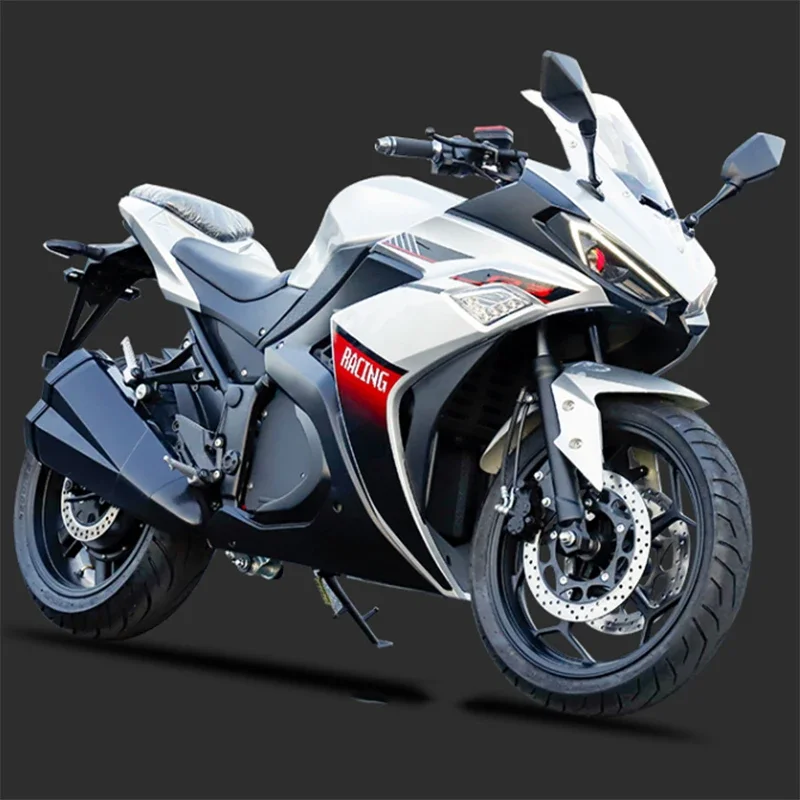
Impaired Driving
Impaired driving, whether due to alcohol, illegal drugs, or prescription medications, significantly increases the likelihood of motorcycle accidents. Specific factors associated with impaired driving include:
Decreased Cognitive Function: Impaired drivers may experience reduced reaction times, impaired judgment, and diminished ability to recognize and respond to potential hazards on the road.
Impaired Coordination and Balance: Motorcyclists under the influence may struggle with maintaining balance and proper control of their motorcycles, increasing the risk of accidents caused by loss of control.
Recommendation: It is imperative for all motorcyclists to never operate their motorcycles while under the influence of alcohol or drugs. If planning to consume alcohol or take medications that may impair cognitive or motor skills, riders should arrange alternative transportation or postpone riding until they are no longer impaired.
Inadequate Training or Experience
A lack of proper training or experience can contribute to motorcycle accidents, particularly among novice riders. Factors associated with inadequate training or experience include:
Lack of Riding Skills: Riders who have not received proper training may lack the necessary skills to handle their motorcycles safely. Inadequate knowledge of braking, cornering, and maneuvering techniques can increase the risk of accidents.
Limited Understanding of Road Hazards: Novice riders may be less familiar with common road hazards, such as loose gravel, uneven surfaces, or slippery conditions. Failing to anticipate and respond to these hazards can lead to loss of control and accidents.
Recommendation: It is crucial for all riders, especially beginners, to complete an accredited motorcycle safety course that provides comprehensive training and education. These courses cover essential riding skills, road hazard awareness, and defensive riding techniques. Continuous learning and practice are key to building experience and improving riding skills over time.
Lack of Protective Gear
The absence or improper use of protective gear significantly increases the risk of injuries in motorcycle accidents. Factors associated with a lack of protective gear include:
Inadequate Helmet Usage: Failing to wear a helmet or wearing one that does not meet safety standards exposes riders to severe head injuries in the event of an accident.
Insufficient Riding Gear: Riding without appropriate protective gear, such as jackets, pants, gloves, and boots, leaves riders vulnerable to abrasions, burns, and fractures.
Recommendation: All riders should prioritize safety by wearing a properly fitting motorcycle helmet that meets safety standards. Additionally, wearing full protective gear, including jackets, pants, gloves, and boots made from abrasion-resistant materials, can significantly reduce the risk and severity of injuries in the event of an accident.
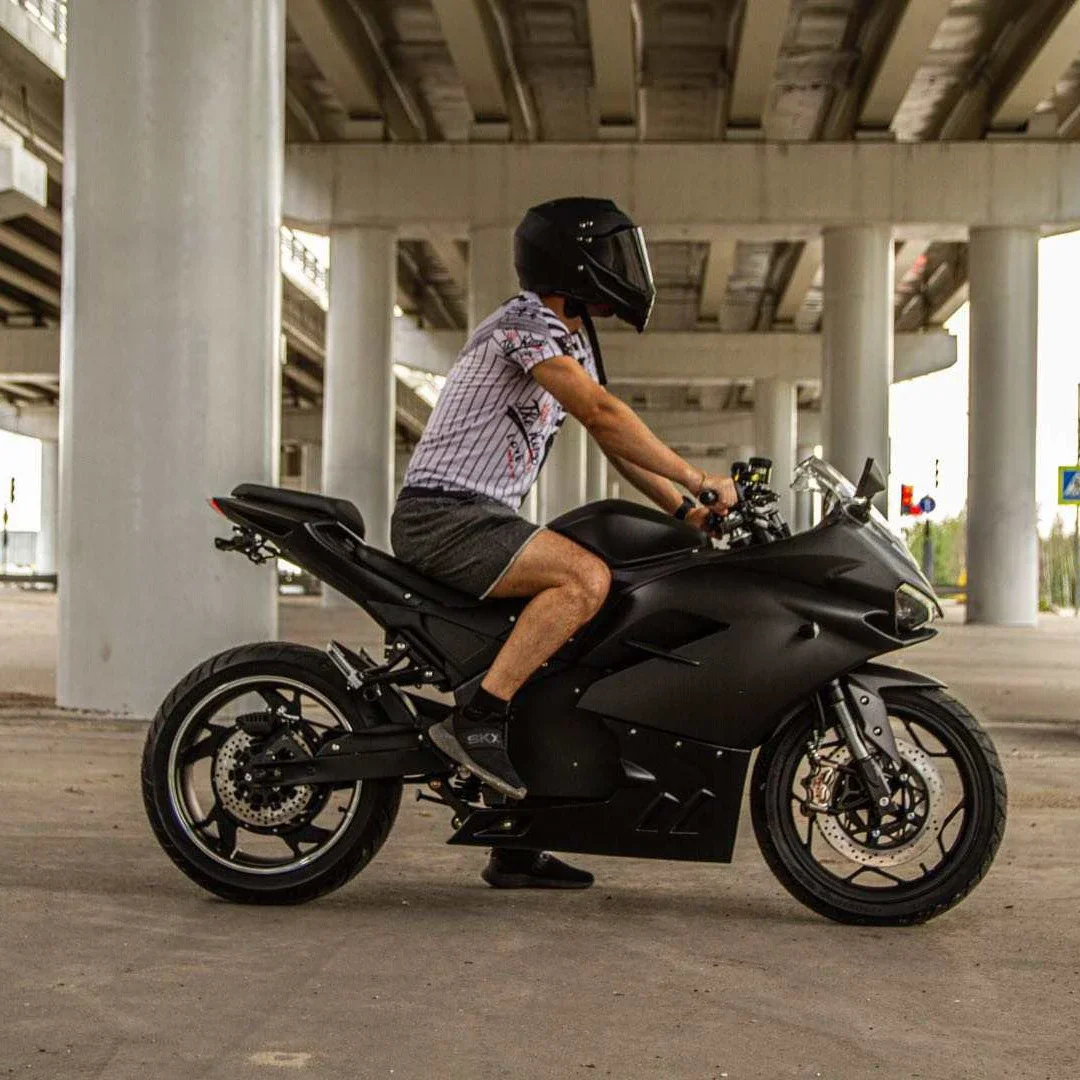
Conclusion
Understanding the most common causes of motorcycle accidents is essential for enhancing rider safety and minimizing risks on the road. By recognizing the dangers associated with distracted driving, failure to yield right of way, unsafe lane splitting, speeding and reckless riding, and impaired driving, motorcyclists can take proactive measures to mitigate these risks. Adhering to defensive riding techniques, maintaining visibility, anticipating potential hazards, and prioritizing safe and responsible riding behaviors are crucial for reducing the likelihood of accidents. By staying vigilant and promoting a culture of safety, riders can enjoy the exhilarating experience of motorcycling while minimizing the potential for accidents and their severe consequences.
